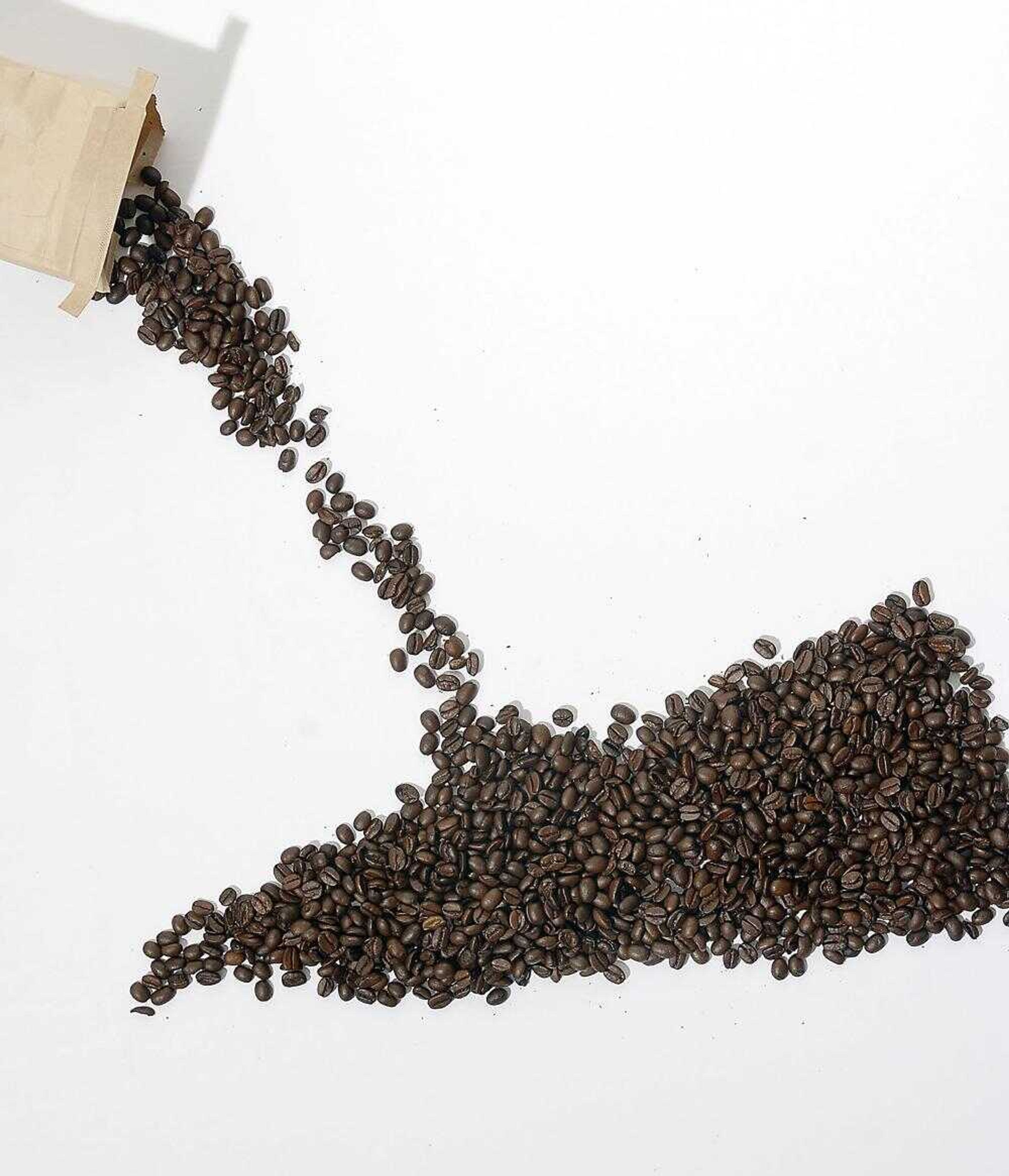Eye-opener: Coffee isn't just a simple breakfast drink anymore
Coffee. It's the second largest traded commodity in the world. Grocery stores devote half an aisle to the little beans. There are shops, merchandise, even breaks dedicated to it. The United States imports, on average, 132,000 tons of coffee per month, according to the International Coffee Organization. With all those beans, it can be hard to know what to drink...
Coffee. It's the second largest traded commodity in the world. Grocery stores devote half an aisle to the little beans. There are shops, merchandise, even breaks dedicated to it.
The United States imports, on average, 132,000 tons of coffee per month, according to the International Coffee Organization. With all those beans, it can be hard to know what to drink.
"The first question is do you like dark, medium or light roast?" Kim Robinson, owner of Cup 'N' Cork, said.
To answer that, you have to know the difference between dark, medium and light roasted beans.
Think of the roasting scale as a rainbow, said Grace Cafe manager Robbie Britt. On the left you have the dark roast, which will have a muted taste. At the top of the slope you have the medium roast and the right descent is the light roasts, which will be slightly underdeveloped and have a light taste because the flavors haven't really had the chance to mature.
Britt said a medium roast will be your best bet at the best cup of joe. The beans haven't been roasted long enough to lose any flavor, but just long enough to release the undertones of the coffee.
You don't have to know the specifics to find out what you like. There are three main things to consider: acidity, body and balance. Most coffee shops display the numbers for a quick guide.
The acidity is the tingle you get in the corners of your mouth or the sides of your tongue. The higher the number, the stronger the tingle, Britt said.
The body of a coffee is the weight it has in your mouth. A light body coffee will feel light on your tongue. A higher body coffee will be heavier in your mouth, according to Robinson.
The balance is simply the interaction between the body and acidity. It's basically the aftertaste or what's left in your mouth as far as flavor, Britt said.
The aftertaste can leave citrus notes or nutty flavor depending on the country it came from. A lot of South African coffee will have citrus notes because of the surrounding citrus trees, said Barry Robinson, brewmaster at Cup 'N' Cork.
"Coffee's catching up in the culinary sense to where wine has been for years," Britt said. The soil, elevation and climate of where a bean is grown weigh into many customers' choices. Each of these, along with the roasting type, will produce a different coffee experience.
For the timid novice drinker, Britt recommended starting with a lighter roast, but said not to be afraid.
"If they're willing to take a risk, just jump right in," he said.
From regular drip coffee, you jump to steamed, pressed or flavored drinks that adorn every coffee shop menu. The first thing to think about when deciding these is foam; how much and what type you want.
A wet cappuccino will have a thick, creamy foam while a "dry cap" has a tall layer of airy, flavorless foam on top of the drink. That decision stands whether you want a cappuccino or a latte; the only difference in the two drinks is the amount of milk.
In both drinks if the milk is subtly steamed and the sugars caramelized just right, Britt said, nothing else is needed.
"The goal is you'll be able to drink it without adding sugar," he said.
But adding flavor is part of a varied coffee experience. Cup 'N' Cork has 32 flavors to please any palate. Barry Robinson said the flavored lattes are his best-selling drink.
---
Want a cup?
Drip Coffee
Water brewed in ground coffee.
The most common way to drink coffee.
Cappuccino 8 oz.
2 oz. espresso
6 oz. steamed milk
This drink will have more of a coffee flavor. If done right, the milk will sweeten the drink.
Latte 12 oz.
2 oz. espresso
10 oz. steamed milk
The same as a cappuccino, but with more milk. Choose between dense or seafoam.
Cafe Americano
espresso
hot water
It's the same strength as drip coffee, but a different flavor.
Cafe Ole
drip coffee
steamed milk
Cafe Breve
espresso
Half and Half
Intense, very rich, very creamy drink.
Cafe Mocha
espresso
milk
chocolate
A latte but spruced up with chocolate syrup.
Shot in the dark (also known as a Red-eye)
drip coffee
shot of espresso
One of the most caffeinated drinks available.
French Press
A regular cup of coffee, steeped in the grounds instead of drip.
It's coffee on steroids. The course grind allows the water to spend the most time on the beans.
-- From staff reports
Connect with the Southeast Missourian Newsroom:
For corrections to this story or other insights for the editor, click here. To submit a letter to the editor, click here. To learn about the Southeast Missourian’s AI Policy, click here.










